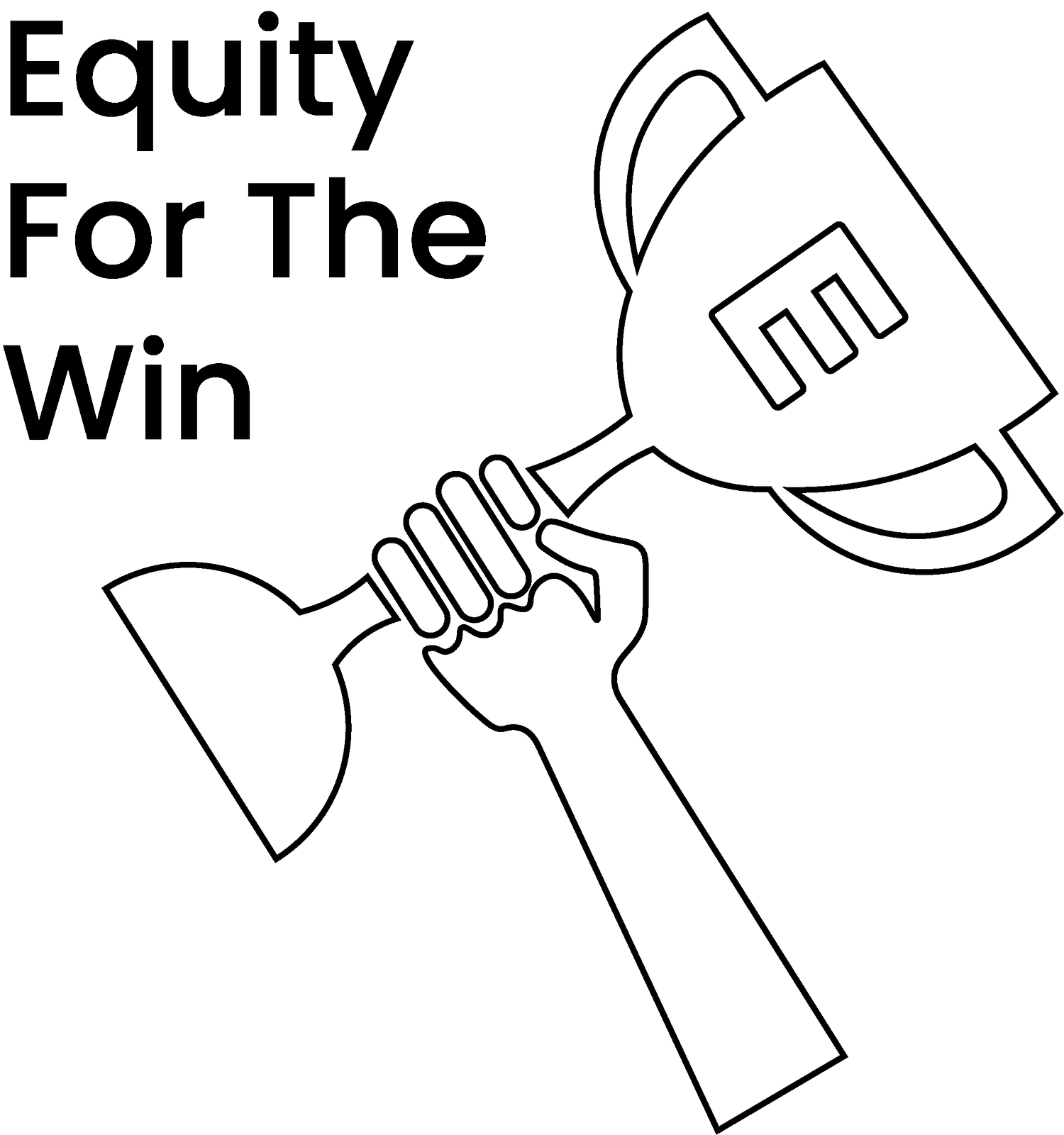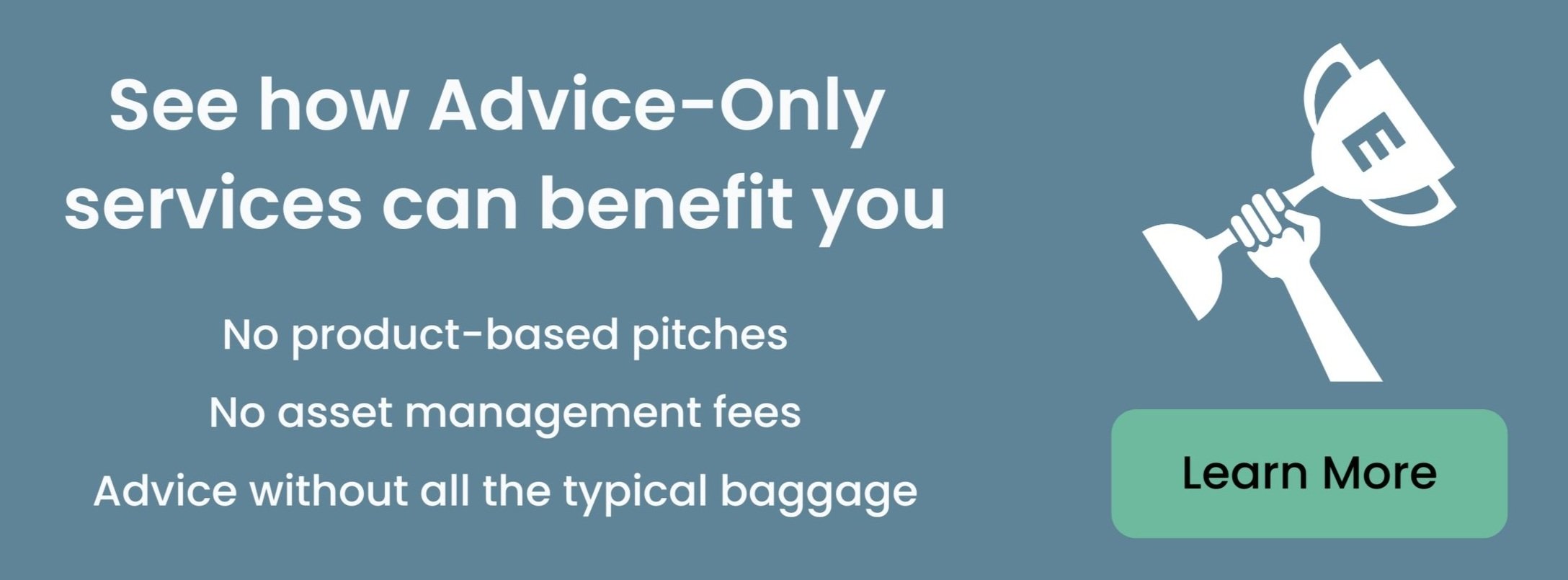Adobe’s ESPP is the Best ESPP in Tech
More than 80% of tech companies offer an employee stock purchase plan (ESPP). Of the plans we’ve seen (and we’ve seen a lot of them), Adobe’s ESPP is top-notch and may even be the best in the industry.
If you’re an Adobe employee, prospective employee, or just wanting to compare your company ESPP to Adobe’s ESPP, this article will break down why Adobe’s is so great and will give you some ideas on how to decide if participating in your ESPP is worth it.
Note: If you haven’t learned the basics of ESPPs, we recommend reading our articles covering ESPP basics, how much to contribute to you ESPP, and when to sell ESPP shares. We also have created an ESPP Gain and Tax Calculator to help make modeling gains and taxes a little easier.
Adobe’s ESPP Purchase Period
A purchase period is the time period in which a company allows its employees to save up to buy company stock. At the end of the purchase period, you use the money set aside to purchase stock.
The most common time length for a purchase period is 6 months. Adobe’s purchase period is 6 months just like most ESPPs, but it’s the other parts of its ESPP that make it so great.
Adobe’s ESPP Offering Period
An offering period is a set amount of time in which a company will let its employees purchase stock. They’re commonly 6 months long and will match the length of the purchase periods, but offering periods can be longer if companies want to provide a larger benefit.
Adobe’s offering period is a full 24 months, and it is within those 24 months that the 6 month purchase periods happen.
Here’s an example of how the offering period and purchase periods line up at Adobe:
Adobe’s ESPP Discount
A big incentive for participating in an ESPP is that companies will provide their employees a discount when it’s time to purchase company stock at the end of each purchase period. Discounts range from 5% to 15%.
Many companies offer the max here, and so does Adobe. Adobe offers the max discount of 15%.
This may not seem like a huge benefit, but when you think about locking in a 15% gain every 6 months, it’s actually pretty fantastic.
Adobe’s ESPP Lookback
An ESPP lookback is where the company will apply the stated discount to either the price per share at the end of the purchase period or the price at the beginning of the offering period.
This is the benefit that ties everything together. If Adobe’s stock does nothing but go up over 24 months, employees can purchase stock at the price per share low point all the way back at the beginning of the offering period.
We’ll get to examples of this when we start looking at Adobe’s ESPP performance.
Adobe’s ESPP Contribution Limits
The IRS sets the limit on how much you can contribute to an ESPP, but employers often set limits of their own and they’ll also limit how much you can contribute by establishing a max percentage of your salary that can go toward the ESPP.
The IRS limit that can go towards an ESPP in a given year is $25,000. With the way the discount technically works, the true limit is actually more like $21,250, but you don’t have to worry about that math.
Adobe limits contributions to 25% of your salary.
Another limit here is that the max number of shares you can purchase is based on the company price at the beginning of the offering period. If Adobe’s stock price is $500 at the beginning of the offering period, the max shares you’ll be able to purchase, no matter how much money you set aside during the purchase period, will be $25,000 divided by $500 which equals 50 shares.
Adobe’s ESPP Offering Period Reset
One of Adobe’s best ESPP perks is the ability to reset the offering period.
If at any point, the price at the end of a purchase period is less than the offering period, Adobe automatically re-enrolls you in a new 24-month offering period going forward, allowing you to use that lower price. This is fanastic news if you’ve stuck it out over the last year. Adobe’s ESPP reset at the beginning of 2023 so employees who were enrolled will be able to keep a price of $336.53 for the next 24 months. (And to clarify, after the discount, the price ends up being $286.05!)
Here’s Adobe’s exact policy from their ESPP employee document:
“If 85% of the closing price of Adobe stock on a purchase date (Purchase Date Price) is lower than your Lock-In Price, you will purchase shares for the current Purchase Period at the Purchase Date Price (the lower of the two prices). You will then be withdrawn from the current Offering Period and automatically enrolled in a new Offering Period with a new Lock-In Price (which will be at 85% of the closing price on the first day of that new Offering Period).”
This typically results in getting the benefit of a lower Lock-In Price for another 24-month Offering Period. However, the new Lock-In Price could be higher due to market price fluctuations.”
Adobe’s ESPP Fractional Share Purchasing
Since June of 2021, Adobe ESPP participants have been able to purchase fractional shares rather than having leftover funds get rolled over to the next purchase period. This isn’t necessarily a huge benefit, but it does enable you to buy more and potentially experience some additional growth. As Adobe’s share price goes up it’ll become more valuable of a perk.
For our sample performance analysis below, we’re going to assume fractional share purchasing to make calculations easier.
Adobe’s ESPP Performance over the last year, 2 years, and 5 years
We’ve already shown that Adobe’s ESPP is great based on how it’s set up, but now it’s time to look at how it’s performed over the last several years. To illustrate, let’s assume that you began participating in the ESPP at the beginning of each interval (1 year, 2 years, and 5 years).
Adobe’s ESPP 1-Year Performance (7/1/2022 to 6/30/2023)
With each of these performance stats, we’re assuming that no ESPP shares are sold after purchase. Here are the highlights of what 2022 and 2023 looked like for people who began participating in Adobe’s ESPP.
For Adobe’s employees who joined Adobe’s ESPP for the first time in 2022, they saw some pretty amazing one-year gains.
Participants were able to purchase 74.24 shares of Adobe stock and found themselves with a gain of $15,055 at the end of the year. Even if the contribution was less, the percentage gain would still be the same.That’s a pretty fantastic return over one year.
If you want to take a look-see at the entire dataset for the one-year period, here is a screenshot of that data.
Adobe’s ESPP 2-Year Performance (7/1/2021 - 6/30/2023)
The one-year performance for Adobe’s ESPP was great, so let’s see how it did over two years:
From 2021 through June of 2023, Adobe’s ESPP has performed exceptionally well. There’s a little bit of tricky math in determining the max number of shares that can be purchased since the offering period during this time reset, but regardless, participants have seen substantial gains.
Over this two-year period, participants purchased 108.94 shares of Adobe and finished with a total gain of $16,920. The percentage gain on the contributions to the ESPP was 46.54%.
The gains would be much higher if it weren’t for two things. (1) shares from the first purchase period are still at a loss and (2) in 2022, participants hit a max shares cap so they weren’t able to max out their ESPP like usual.
Below is a screenshot of the full data set.
Let’s take a second to examine some of the factors driving the performance during this two-year time frame.
Adobe’s Offering Period + Offering Period Reset + Lookback
In the example we shared, Adobe’s market price per share starts at $584.73, dropped rapidly, then climbed quickly again to $488.99.
Thanks to the ability to purchase at the lower of the price at the beginning or end of an offering period, it helped avoid having large losses from the first purchase period. And thanks to the offering period reset, employees were able to reset their purchase price to a lower amount.
A gain of almost $17k over two years is really solid and a 46.6% gain over two years may not always be what you can expect, but it’s certainly been a nice surprise.
The highlighted cells in yellow also indicate that the Offer Period Reset was triggered. Which automatically withdraws you from the current plan, and reenrolls you at the price at the beginning of a new period.
Adobe’s ESPP 5-Year Performance (7/2/2018 - 6/3/2023)
Here’s a look at Adobe’s ESPP performance over 5 years:
These numbers get bigger the further back in time we go, especially when Adobe’s share price has shown consistent increases in value.
As you can see, Adobe’s ESPP participants who kept contributing for the entire 5-year period purchased 416.31 shares and ended up with over $100k in gains midway through 2023. The percentage gain over this time span was a whopping 103%!
Here’s the link for the entire data table, and we’ve included an image below:
There’s a lot going on in the above image so we’d like to draw your attention to the new column that shows when the different offering periods ran. On the far left, you can see each offering periods have a column of their own.
If you’d been participating in Adobe’s ESPP for the last five years, you’d have gone through three different offering periods. For each of those offering periods, you can examine the “Price to be Discounted” and the “Discount Price” to see exactly at which price points employees were able to purchase shares during each offering period.
Final Thoughts on Adobe’s ESPP
It’s clear that Adobe’s ESPP provides participants with amazing monetary value.
We’ll do similar analyses of other ESPPs companies provide to their employees, but the 24-month offering period really improves performance especially when the company’s stock price value increases over those periods.
If you work at Adobe, we hope you’ve been participating in the ESPP. If not, we recommend that you take full advantage of this opportunity and figure out how much you should be contributing. Even if the stock price doesn’t continue to appreciate as it has in the past, you’ll still get a nice discount on stock shares and it can provide a great investment opportunity.
If you have questions, please reach out to us. We’ve worked with numerous Adobe employees and are happy to answer questions or at least point you in the right direction.
If you work at a different tech company, it’s likely that your company’s ESPP is also very good. We’re committed to providing information to help you navigate your company’s ESPP as well.








